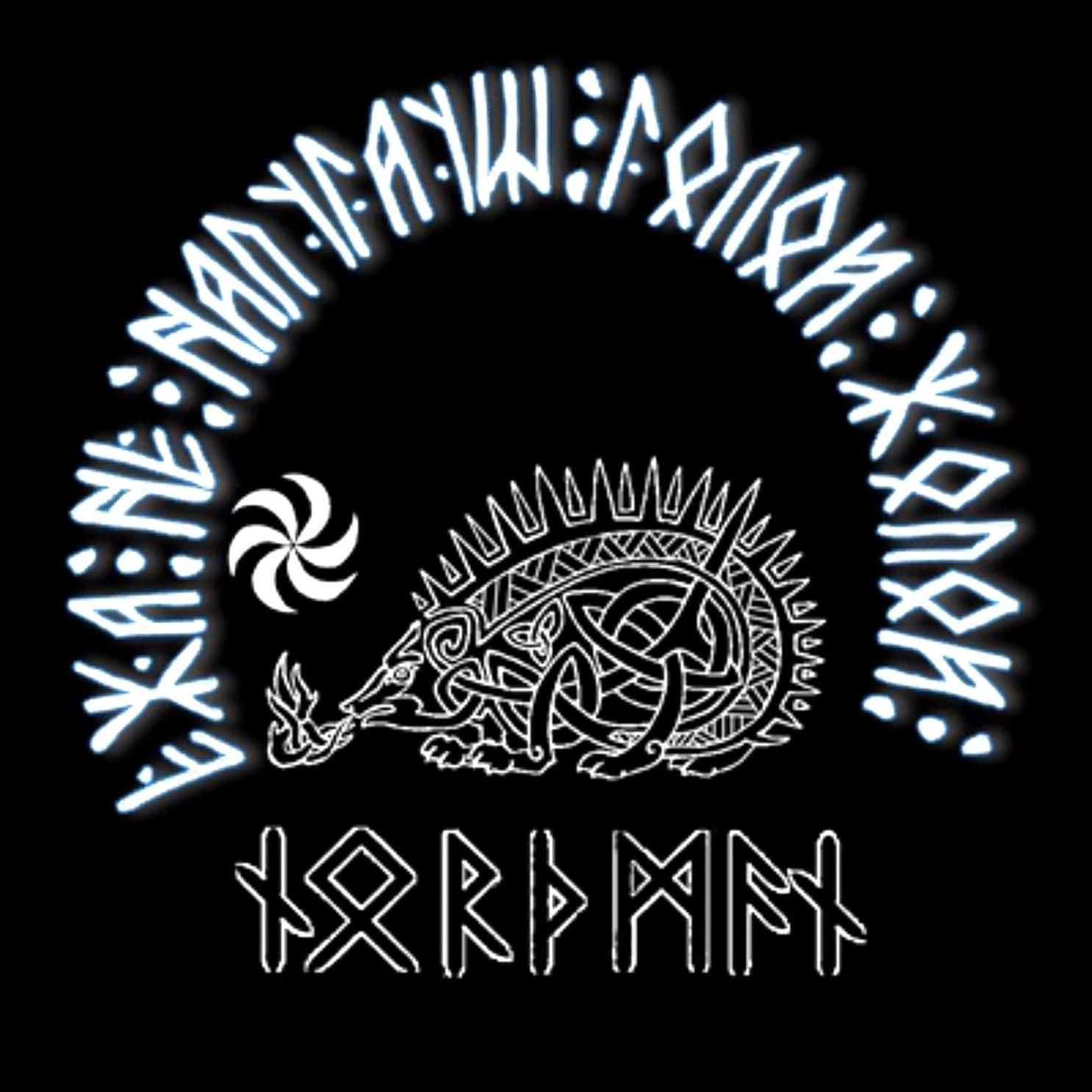1. About the Club:
1.1 The Club
The historical reenactment and stylization club “Nortman” exists as a public youth organization for leisure and employment. The project “Teens and Adults Explore Practical Archaeology” is led by Connar Burman and Tamerlan Ruslan. The club focuses on studying the history, culture, and daily life of Early Medieval Europe, Scandinavia, Rus, and the Middle East during the 9th–11th centuries AD.
1.2 The Historical Reenactment Club “Nortman”
The club engages in historical reenactment and military simulation of the Norwegian hird that traveled to Serkland and Jorsalaland in the 9th–12th centuries. Its objectives include:
- Studying historical sources and literature on Europe, Scandinavia, Rus, and the Middle East from the 9th–11th centuries (the Viking Age).
- Historical and theatrical reconstruction of daily life, clothing, and weaponry of hirdmen, Vikings, Varangians, and Rus of the 9th–11th centuries.
- Developing combat skills with historical weapons (Scandinavia, 10th–12th centuries).
- Performing reenactments of the Scandinavian-Norwegian hird from the 9th–11th centuries.
1.3 Club Symbols
The club’s symbols include the official emblem—a fire-breathing hedgehog—and the motto: “You can’t scare a hedgehog with a bare behind!” (along with any associated imagery). Other symbols include the club’s banner and name. Members must respect these symbols regardless of age, rank, or tenure. Membership is not possible without this respect. All symbols are the property of the club.
1.4 Financial Matters
-
1.4.1 Membership Fees: A monthly fee of 300 shekels is collected for the club’s treasury based on the price index and club needs.
-
1.4.2 Additional Contributions: Members may contribute towards club property, including tables, benches, tripods, torches, lamp oil, tents, weapons, shields, and other equipment, based on club needs.
2. About the Club Charter:
2.1 Charter Compliance
All members must adhere to the club’s charter, regardless of rank or position.
2.2 Charter Amendments
The charter may be amended during a general meeting (ting) with the approval of the club council.
3. Club Leadership:
3.1 Leadership Structure
The club is led by a Chief (Konung) and a Council composed of senior hird members.
3.2 Club Chief (Konung)
The Chief is the club’s founder by default but may be replaced if 90% of the council votes for a no-confidence motion. In such cases, the Chief is given a one-month probation period, after which the council re-evaluates. If the motion stands, a new Chief is elected by majority vote.
3.3 Female Division Leader
The leader of the women’s division is appointed by the Chief and oversees the division’s affairs, considering members' opinions. This leader may be replaced if 90% of the council votes in favor.
3.4 Club Council
The council includes all hirdmen and the leader of the women’s division. Candidates, juniors, and craftsmen may attend as advisors without voting rights. Decisions are made by majority vote with the Chief’s approval (except in no-confidence votes).
4. Joining the Club:
4.1 Membership Eligibility
Individuals aged 16 and above may join with parental consent for combat activities. Adults (18+) may join independently, provided they meet medical fitness requirements.
4.2 Application Process
Applicants must submit an application form via email to the Chief or an assistant.
4.3 Candidate Status
Applicants with no experience must undergo a 3-month probation period, during which they must sew and present historical clothing for approval. Failure to complete tasks within this time results in denial of membership.
4.4 Experienced Members
Applicants with relevant experience undergo a 1-month probation period to confirm their skills and clothing. Upon successful completion, their status is determined.
5. Club Statuses:
5.1 Military Section (Hird)
The male military section reenacts warriors and engages in military simulation. The hierarchy includes:
-
Konung: The club leader with advanced equipment who oversees club development and external representation.
-
Jarl: Military commander and deputy leader.
-
Hirdman: Senior warrior with advanced equipment and battle experience.
-
Northman/Bond: Junior warrior who completes initiation during anniversaries or celebrations.
-
Dreng/Freeman: Member undergoing training with basic equipment.
-
Jungerman (Recruit): A probationary member undergoing supervised training.
5.2 Civil Section
This includes non-combat male members and the women’s division, with ranks such as:
-
Noblewoman (Noble Kona): Represents married women/widows with advanced clothing and skills.
-
Woman (Kona): Married women/widows with simpler requirements.
-
Simple Girl: Unmarried women with basic requirements.
-
Newcomer: Women within a 4-month probation period.
For men, ranks include:
-
Noble Karl/Bond: Advanced status with specific requirements.
-
Farmer: Engaged in production activities, paying double fees if opting out.
-
Skald: Musicians/poets exempt from certain fees.
-
Craftsman: Produces goods for reenactment, offering discounts to members.
6. Thing (Council Assembly): The thing is a general assembly requiring 80% member attendance to make decisions. Certain resolutions (e.g., accepting new members or amendments) require unanimous approval. The Chief retains veto power to request re-evaluation of decisions.
The following decisions must be made unanimously:- Admission of a new person to the team.
- Reelection of the Konung/Jarl.
- Amendments to the charter.
- Contesting a decision made by the Konung/Jarl.
Additionally, a scribe (runewriter) is present at the ting to record key points of the voting process and maintain the club’s chronicles.


